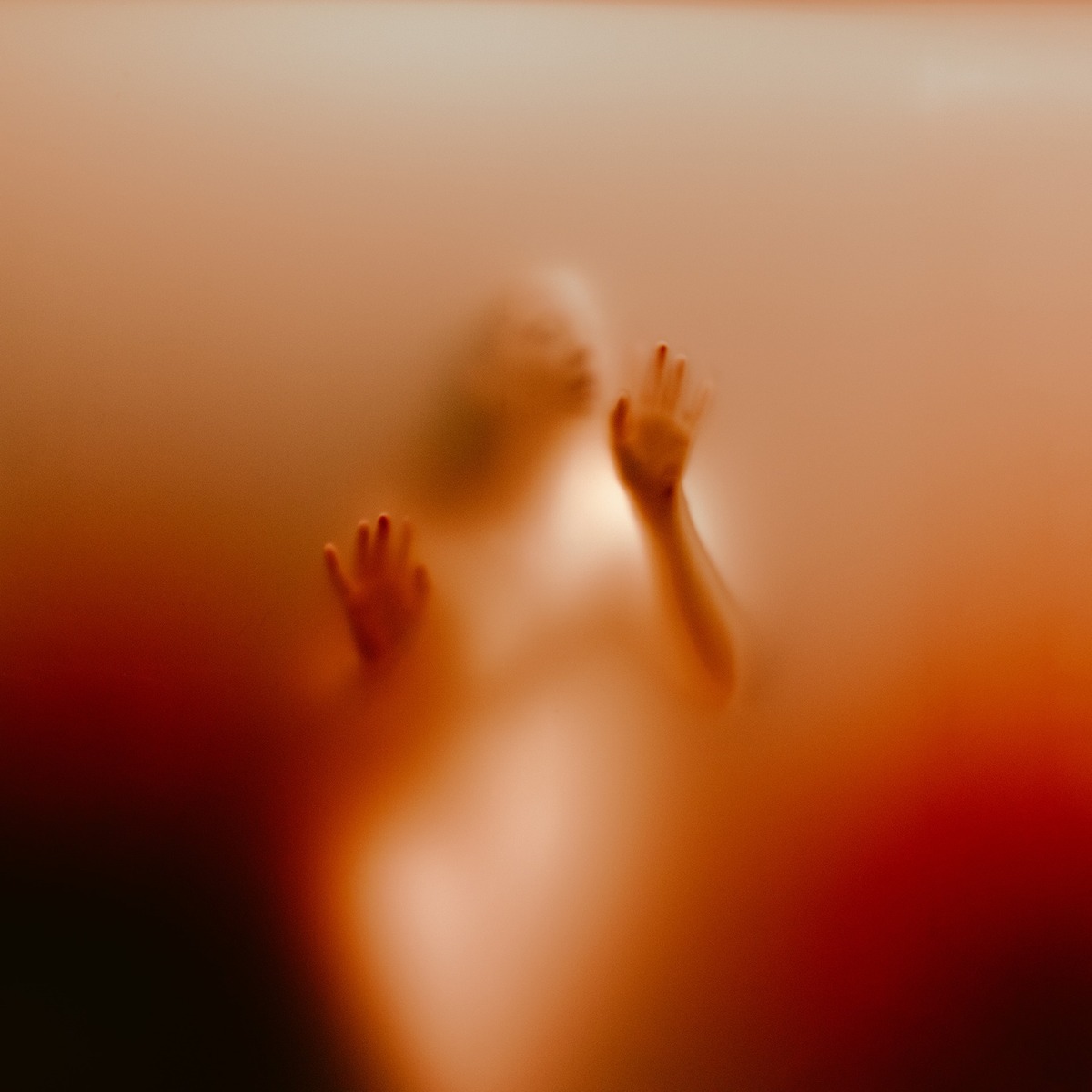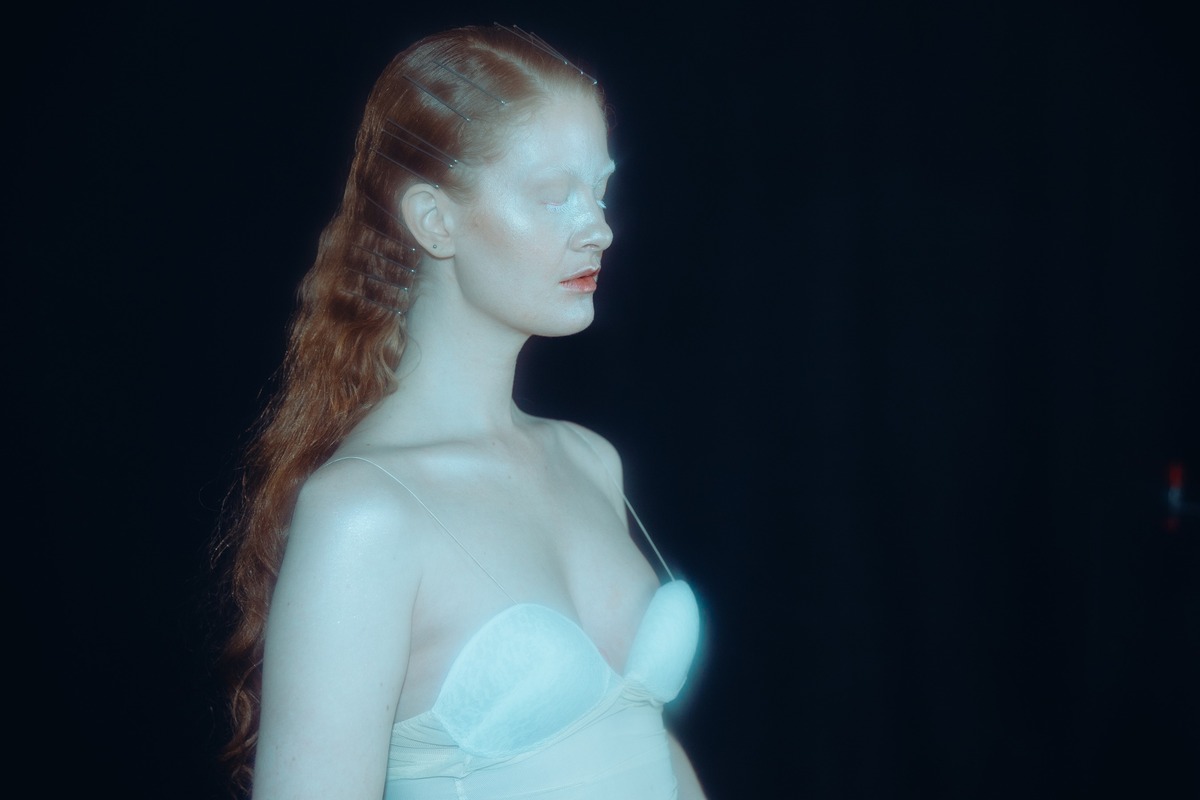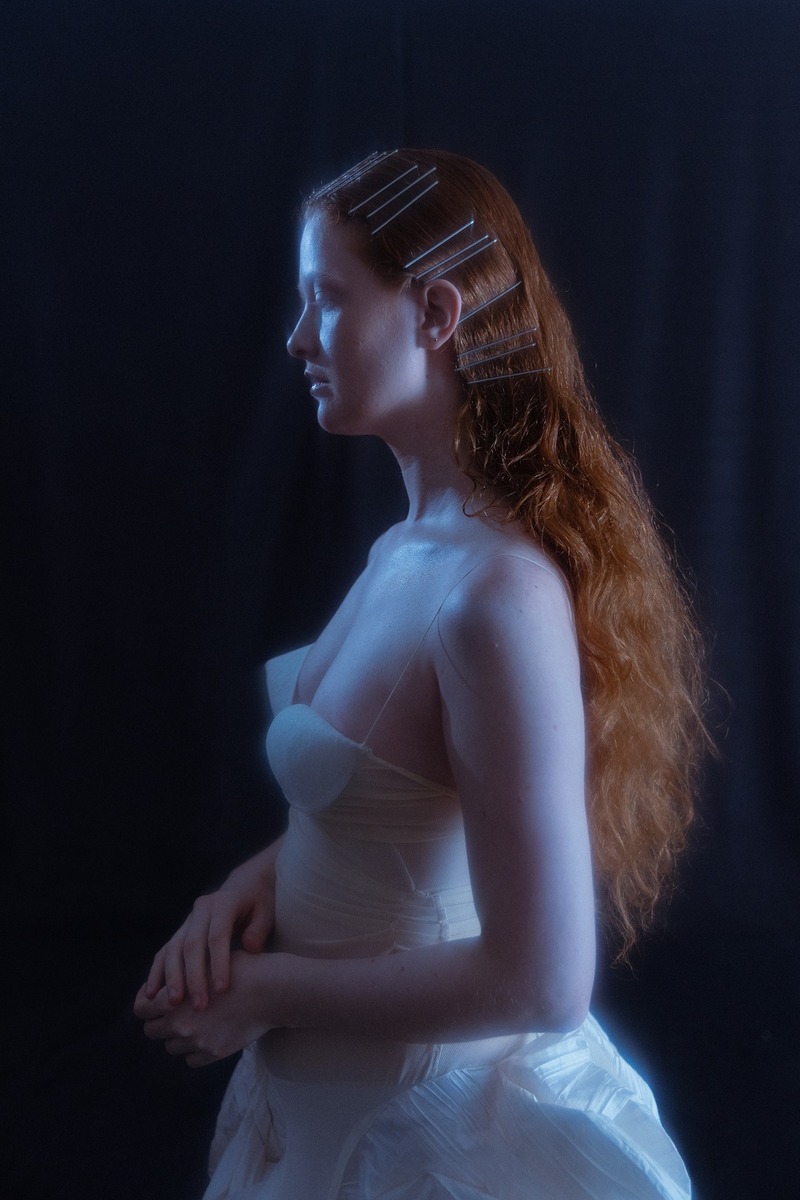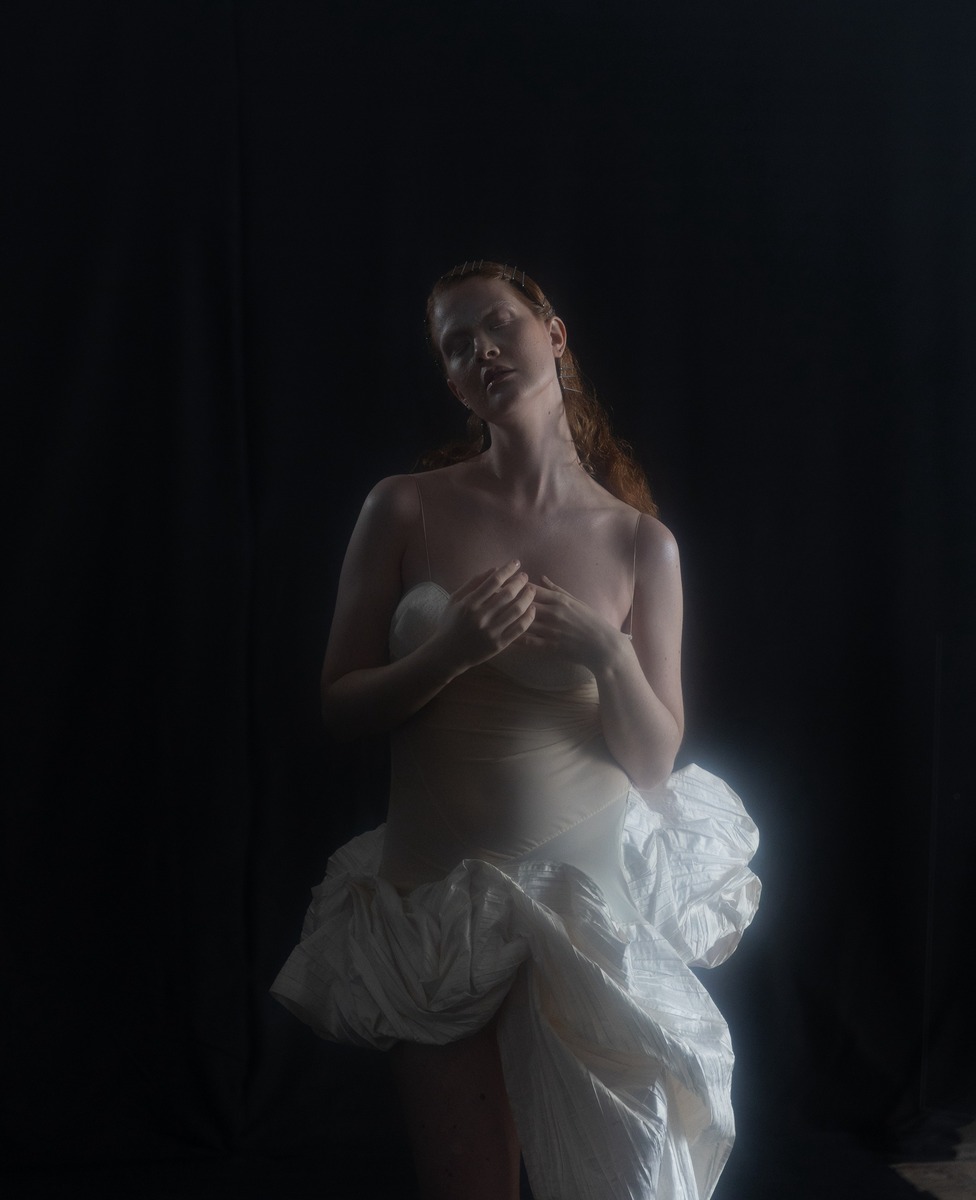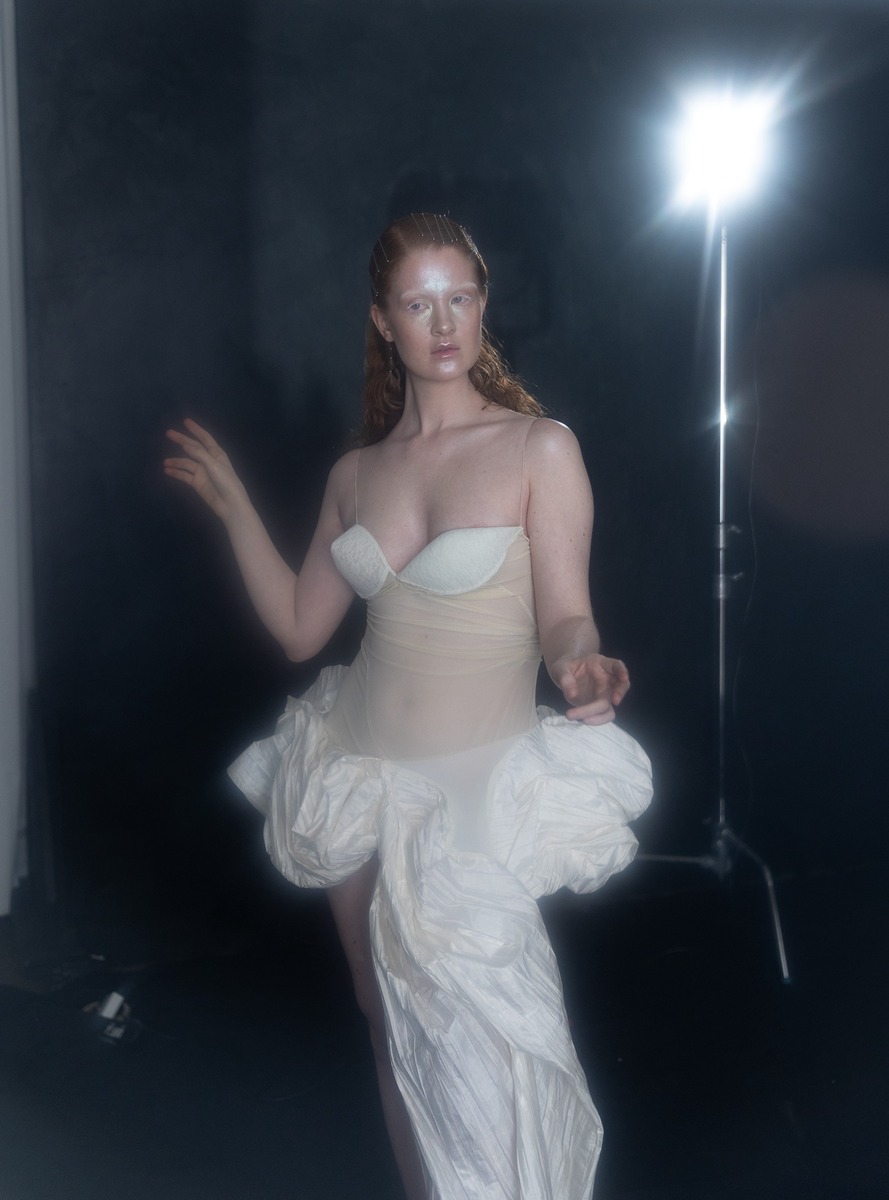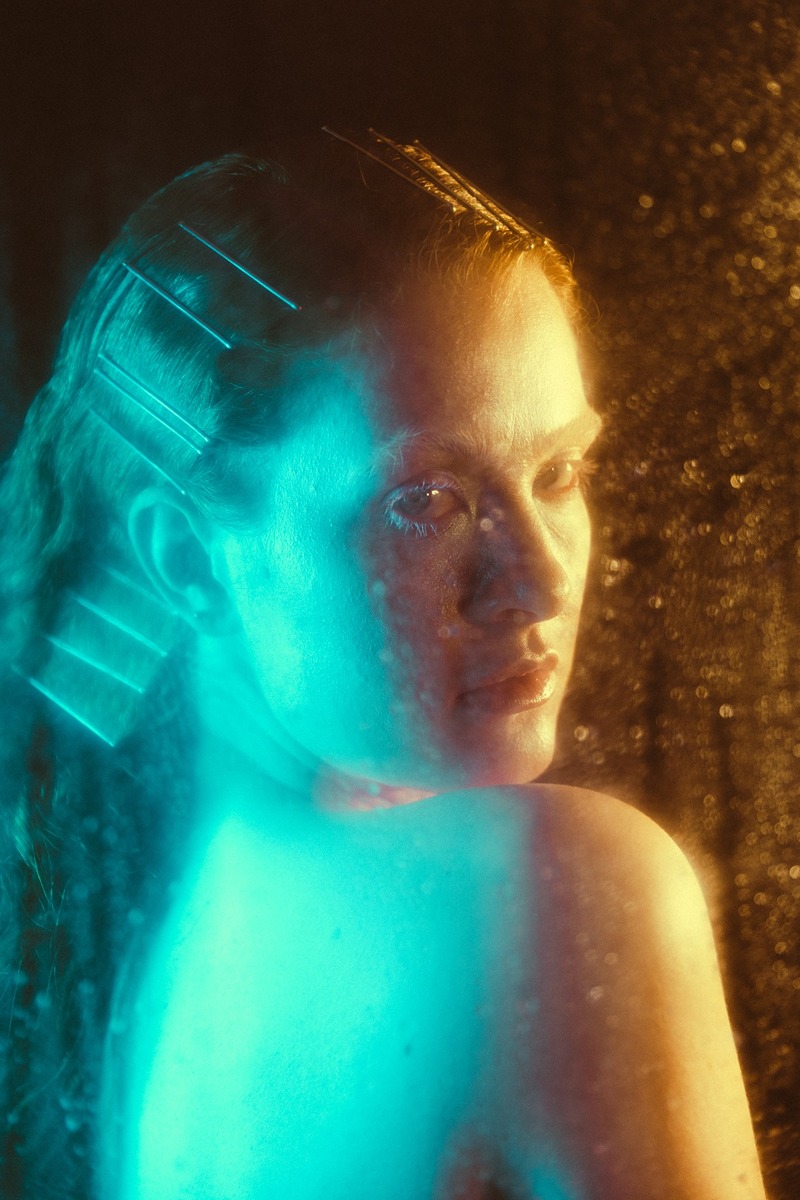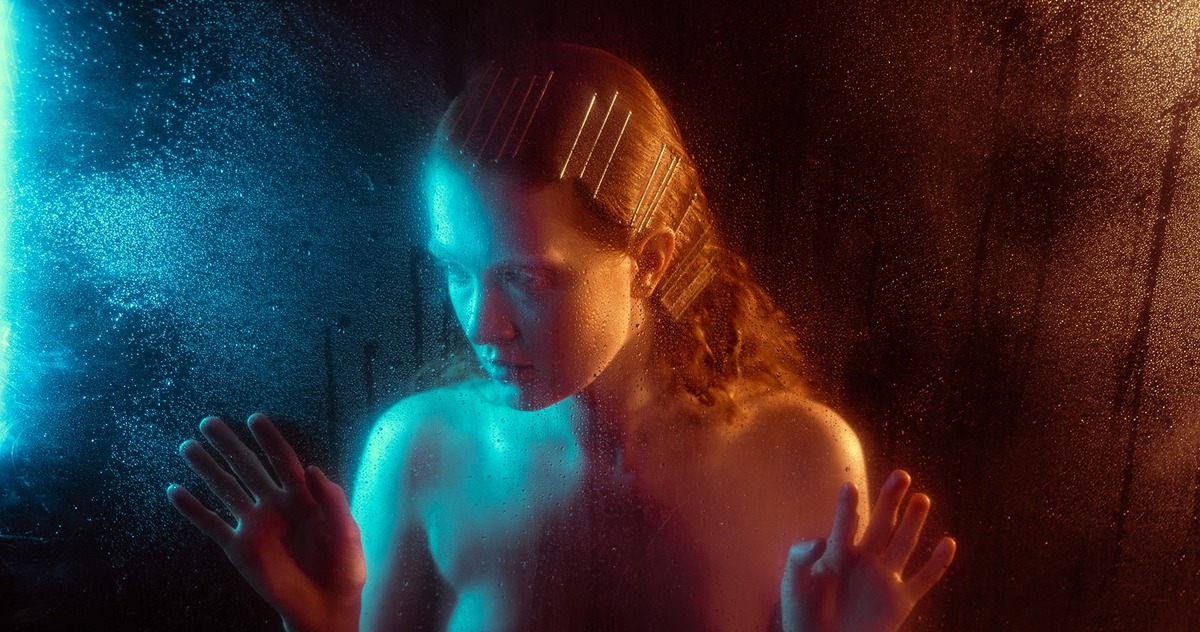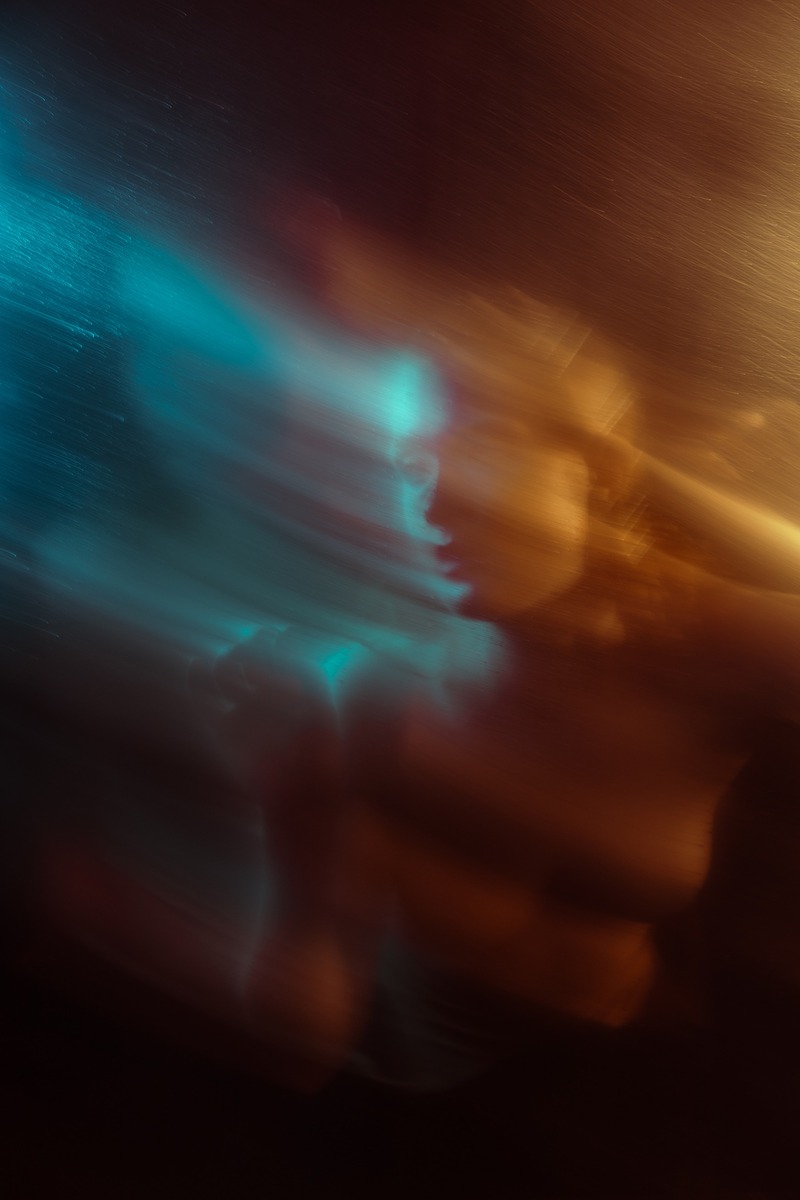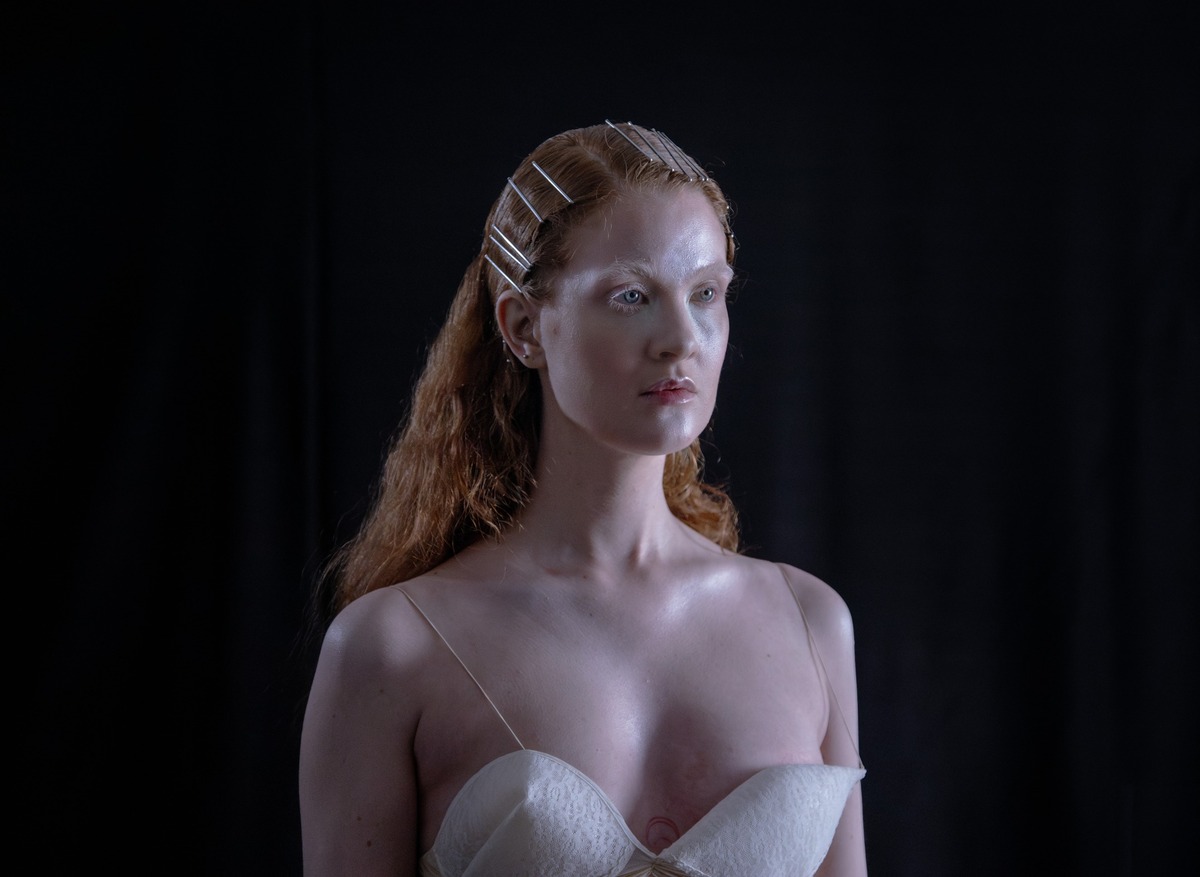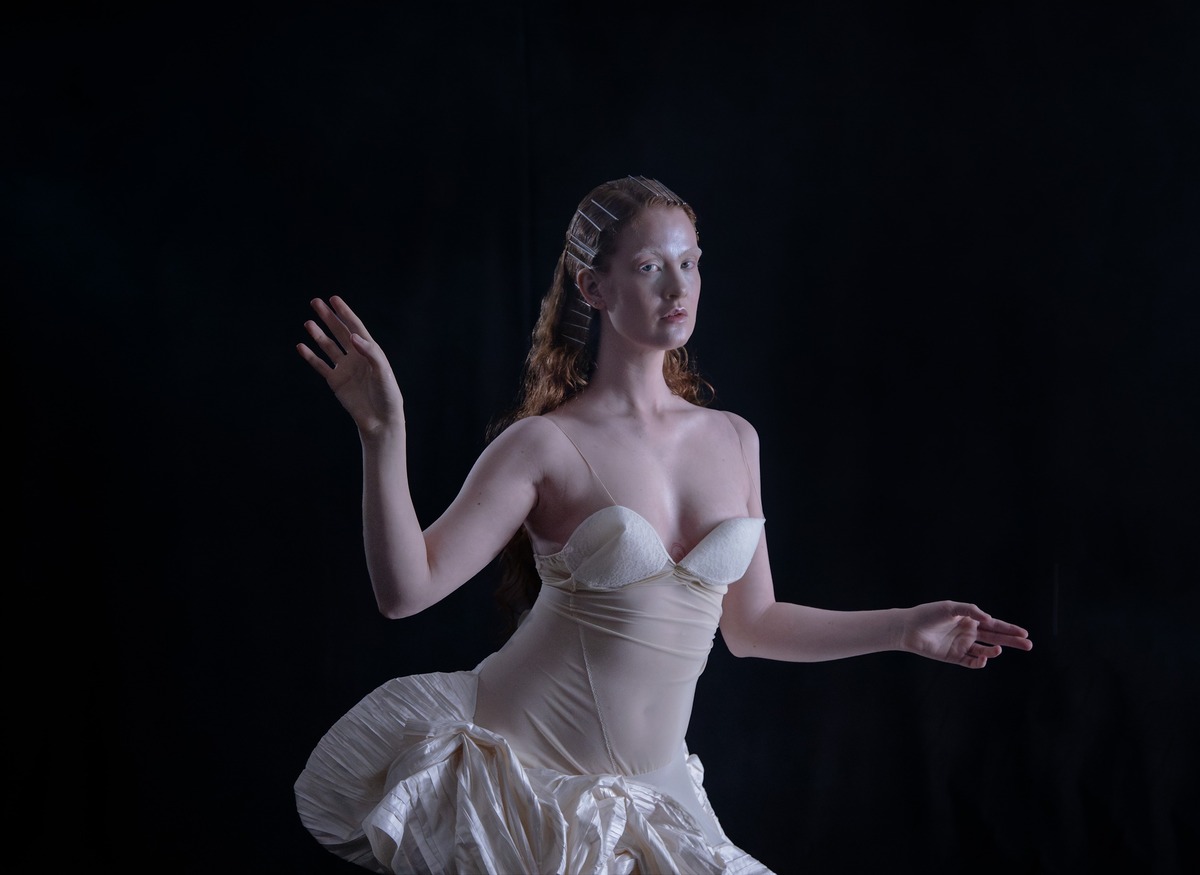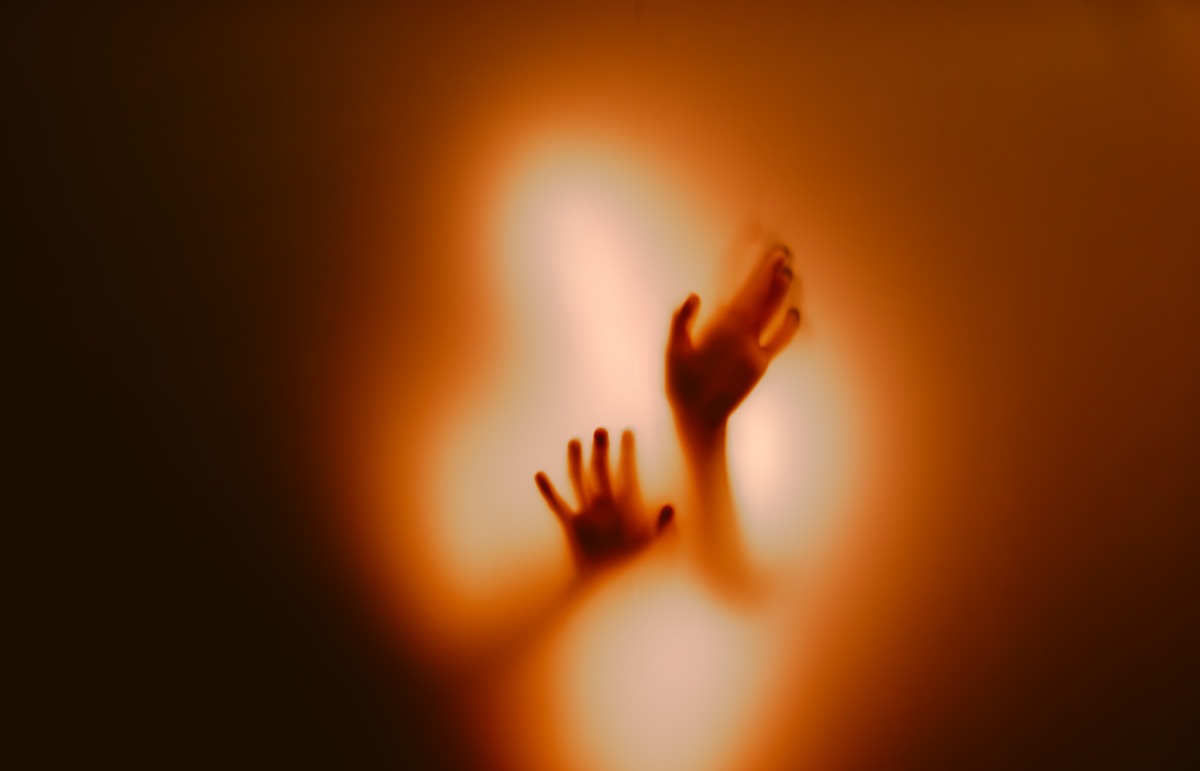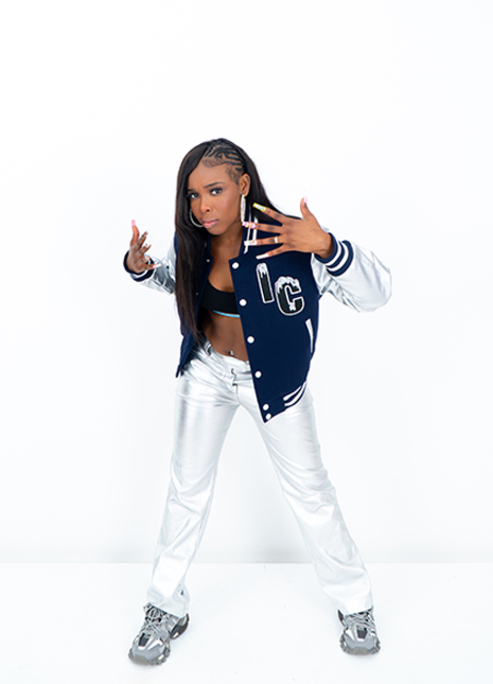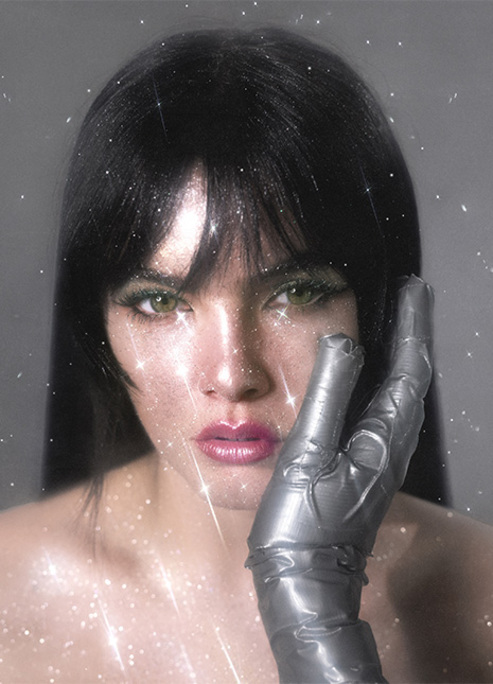Red Moon's "Thermochromatic": A Synth-Saturated Love Letter To Emotional Imprints
Working with MyRiot, the FLINTA crew behind her visuals, and her evolving "siren pop" sound.
What happens when a mood ring writes a love letter? Red Moon’s latest single “Thermochromatic” might be the answer. The Norwegian avant-pop artist returns with a synth-drenched, slow-burning anthem that shimmers with feeling—sensual, introspective, and alive with quiet transformation. Produced by MyRiot (London Grammar, Aurora), the track radiates with lush textures and emotional color shifts that feel more like energy than sound.
Inspired by the thermochromatic pigments of childhood toys and the ghost-trace people leave on each other, Red Moon turns the invisible into a sonic glow. “It’s about the fingerprints we don’t see,” she says. “The way someone changes the air in the room just by being in it.” The result is siren pop at its most tender and cinematic—aching without breaking. We had the pleasure to had a Q&A to ask what sparks Red Moon's music.
“Thermochromatic” is a beautiful metaphor — the idea of heat leaving a mark. What inspired you to connect this concept to the way humans affect each other emotionally?
The inspiration for the word "thermochromatic" actually came from mood rings. I used to have them when I was younger and was fascinated by how the colors would shift depending on the heat. I’d watch them change and try to decode what each color could mean, like a secret language I could read my feelings through.
Years later, I came across the word "thermochromatic" when I had this image in my head, and it made me wonder. It made me think about presence, about how people leave emotional imprints on one another. Like how chameleons or octopuses absorb their surroundings onto their skin, for camouflage, for communication, for connection. It made me think, aren't we doing the same, with each other's energies? I love discovering words like that, like finding treasure in nature or language that mirrors emotion.
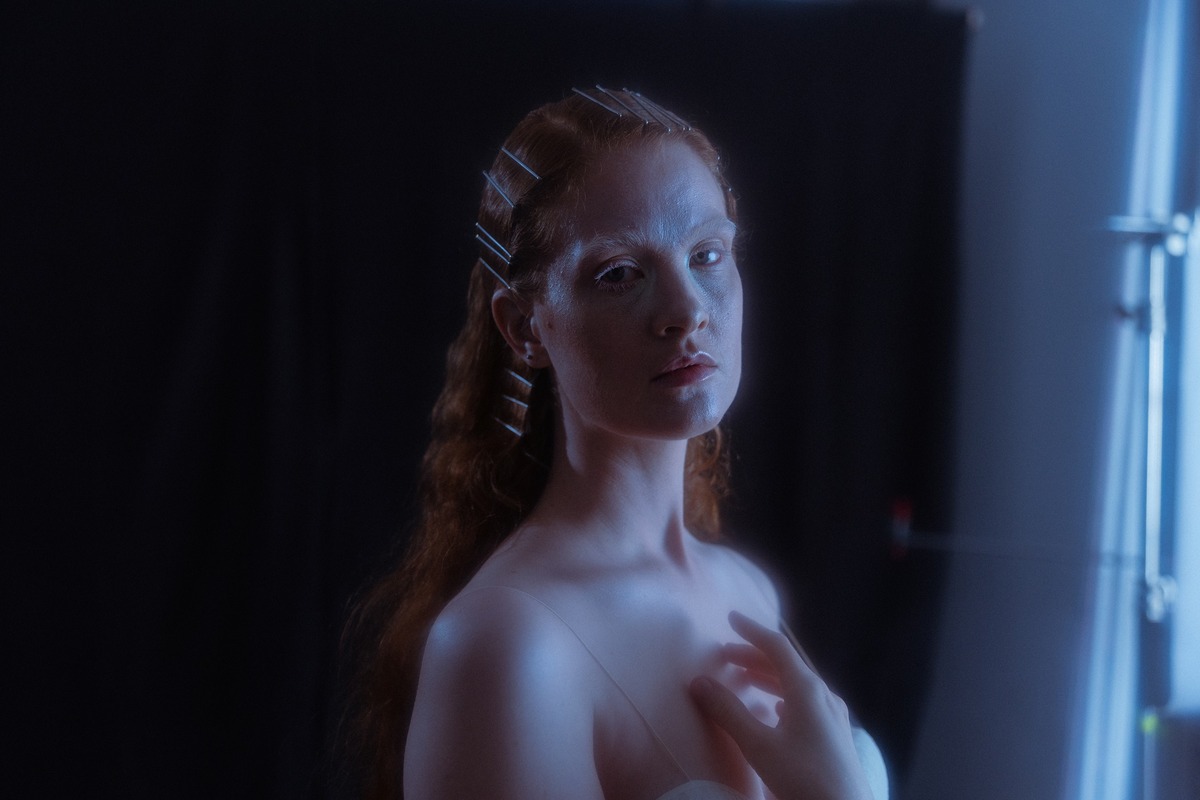
To me, thermochromatic became a way to describe the emotional marks we leave on each other. Just being near someone can shift your mood, your thoughts, like a ripple of heat you can't see, but feel.
You wrote the song in 2020 but chose to release it now. What made now feel like the right moment to share it with the world?
Even though the song was finished back in 2020, it waited quietly, like many songs do. After becoming an independent artist again in late 2021, I took some space to reflect on what I wanted to say, who I wanted to create with, and how I wanted to share it. That pause opened the door to something unexpected, as a new city was calling me to visit for a longer stay. I felt very inspired while being in Berlin and started building a new creative circle and new friendships. A new chapter slowly came together over the next couple of years.
There wasn’t one defining moment when it felt like, “Now is the time.” I had waited for that kind of sign for so long, until I realized I had to create the right moment, not wait for it or anyone. So I chose to release three songs that I felt excited about when thinking of releasing them, and began shaping the visual worlds around them. Once I committed, support began to show up: friends, collaborators and eventually AWAL, who helped with distribution. What stood out was that the support wasn’t driven by stats or strategy, but from a genuine connection to the songs and visual vision.
That was healing in itself. It reminded me that doing things on your own terms doesn’t mean doing everything alone. I couldn’t have done this without the people around me. The creative process from start to finish was a learning curve and incredibly meaningful and rewarding. I’m really proud of each song and music video we created together. Releasing "Thermochromatic" nearly five or six years after writing it feels both cathartic and full-circle.
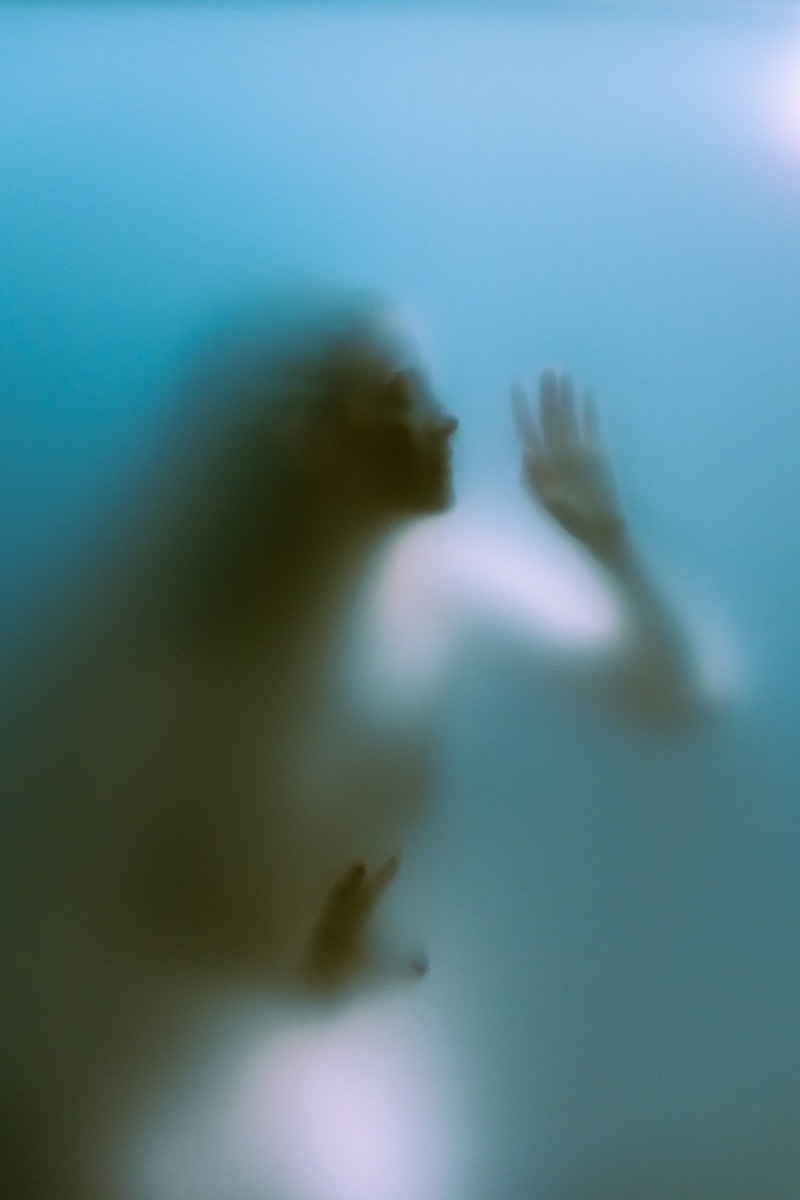
Working with producers like Tim Bran and Roy Kerr — what did they bring to your sonic vision for this single?
Tim Bran and Roy Kerr (MyRiot) are masters at creating emotional landscapes and capturing beautifully the essence of an artist's vision, something you can hear and feel in their other works with artists like London Grammar, Aurora and Birdy.
Before we met, I was curious and excited to see what we might create together. We’d already had a couple of sessions, so by the time we met again at Studio Raak in London in May 2019, we had a great creative rhythm.
What struck me most was their presence, they’re kind, intuitive and deeply collaborative spirit. There was no ego, just curiosity and room for play and having a fun time. That day, I walked in with one word: “thermochromatic” and with an image and feeling of what it means to me. Tim and Roy got it instantly. We started building from that word, and the lyrics came as quickly as the production. It felt like the song already existed; we were just catching it.
There was a really natural flow that day. We bounced ideas back and forth, trusting instinct. It was fun, experimental and energizing. The kind of session that reminds you why you make music in the first place.
We wanted the sound and energy to feel alive, textured, dynamic, intimate, a little strange but catchy. Tim and Roy brought lots of detail and depth to the production, a warmth that matched the theme, but also a pulse that keeps moving and evolving.

How did working with an all-FLINTA crew shape the visual storytelling experience?
It wasn’t planned that way from the start, but it naturally became an all-FLINTA team and that shaped everything. From how the vision was understood to how safe and free I felt in front of the camera, it made a huge difference. (For those who don’t know, FLINTA stands for Female, Lesbian, Intersex, Non-binary, Transgender, and Agender people.)
I first reached out to my longtime friend and collaborator Marie Sutter (based in London and Basel), whom I’ve known for almost a decade and who worked with me on earlier EP cover artworks. We’d talked for years about making a music video together, and when I told her about these three songs, the ideas started flowing. Marie brought so much spark and a ‘we can do this’ energy that lit up the whole process, even though we had no official funding. At first, my manager Anna Roemer suggested creating simpler visualizers for the three songs, which made total sense given our circumstances. But once Marie and I got going... There was no turning back. That momentum, honestly, is a huge reason these videos exist today.
Our team came together across Berlin, Oslo, and London, built over late-night Zoom calls and shared excitement. We chose to shoot in Berlin and brought in my talented friend Anika Zachow, who became both our gaffer and BTS photographer. She introduced us to our incredible DOP, Elisa Daniel, and the rest of the eight-person crew came together naturally from there.
We shot all three videos, "I Run", "Red Moon in Retrograde", and "Thermochromatic" in just two days. Everyone wore multiple hats. It was collaborative and full of heart. Marie helped shape every detail as director, with amazing support from Johanna Buehler (graphic design), Anna Roemer (hands-on on set for production, set mom emotionally, and the one who kept every logistical detail in check), and everyone else who helped bring it to life.
For Thermochromatic, we had one look styled by the renowned Lou de Bètoly, whose work brought a sculptural, almost mythical layer to the visuals. Hair and makeup was beautifully done by Dominika Obacz, adding another dimension to the transformation on screen. It felt like a statue waking up, echoing the fluidity and warmth of the track itself. Because the concept wasn’t too scripted or rigid, there was space for real magic to happen on set. It reminded me of how songs are written, some of the most beautiful moments are the ones that come unexpectedly. This was one of my favorite shoots for that reason: the energy on set was flowing, intuitive, and deeply connected.
Marie also edited and color graded the final video herself, and I feel like this project gave her the space to really show the full range of her creativity and how beautifully she understood the vision we shared.
It became about more than just making something beautiful; it was a creative space that felt honest, supportive, and alive. I’m so proud of what we made and grateful for the trust that carried it.

Was this track written with someone specific in mind?
Not really. Thermochromatic isn’t a love letter to one person; it’s more like a portrait made from fragments. Brief moments that stayed with me, shifted something, and left a mark. It’s about the kind of moments or people who shift your perspective, not just in love, but in life.
One of my favorite lines in the song is: "My favorite color is what I become with you." That kind of says it all. Some people bring out something more vivid in you, something you didn’t even know was there until it’s reflected back.
I’ve always been drawn to the idea that emotions have color, just like sound holds energy, and words and thoughts hold power. How people affect each other every day, how we carry moods, shift atmospheres, and create ripple effects like emotional weather.
When I sing “each touch is a thermochromatic sensation,” I don’t just mean physical touch. I mean presence. A word, a look, a moment of honesty, someone can change your whole state just by being near you. Sometimes it’s beautiful, sometimes messy. But even when it hurts, it still moves something. Maybe that’s the point: noticing what colors show up through others, the ones that feel most like you, and which ones you want more of...
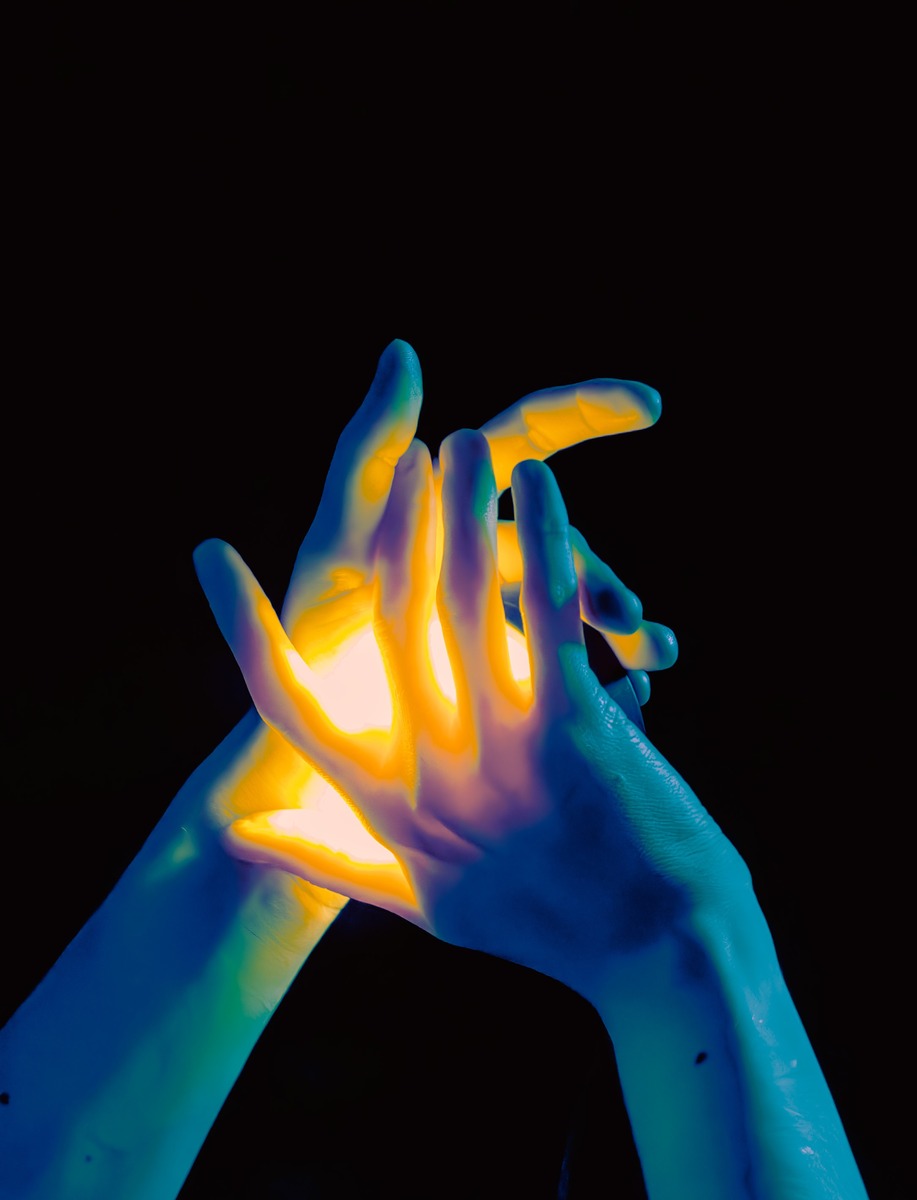
What does “siren pop” mean to you, and how does Thermochromatic fit into that?
The question “what kind of music do you make?” comes up all the time, and honestly, it took me a while to find two words that really capture how I want my music to sound and feel. I now call it siren pop.
To me, the music and stories are about longing, vulnerability, and emotional depth. It’s dreamy, cinematic, and a little provocative, always honest.
The siren isn’t just a mythological figure. She stands for raw expression and strong feminine agency, a voice that doesn’t just lure, but awakens. Siren pop isn’t about fitting into a genre box; it’s a mood. Like a renaissance painting in modern times.
I think Thermochromatic bridges where Red Moon started and where I feel the music is heading, into something even more boldly siren pop. And I’m excited to share even more of it soon.
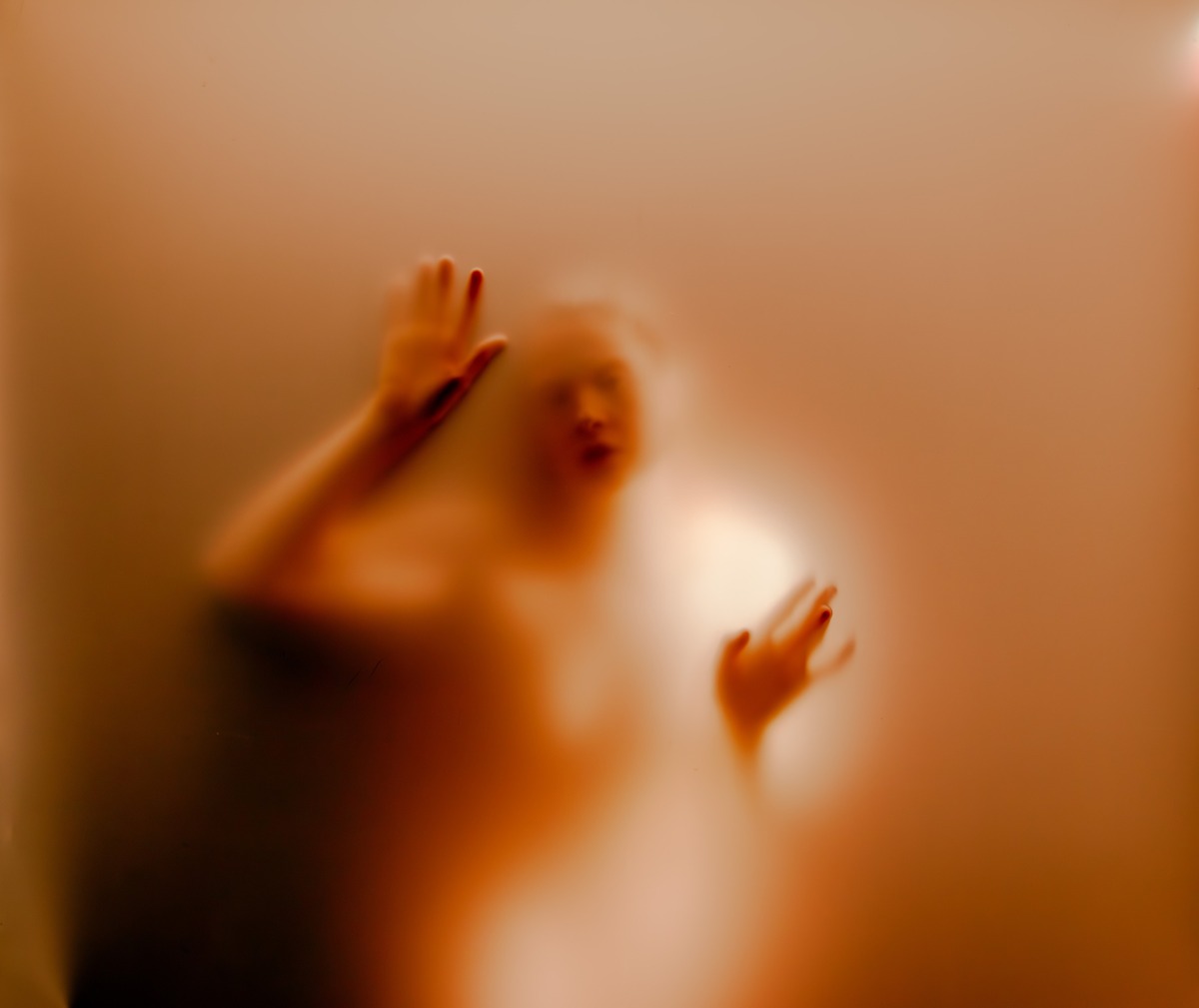
Does this single mark the end of something — or the start?
It feels like both a quiet celebration of where it all began and a sign of what’s ahead. Thermochromatic was one of the first songs I wrote before officially changing my artist name from Debrah Scarlett to Red Moon. Back then, I was stepping into something unknown and starting fresh with a blank canvas.
Releasing it now feels like wrapping up that early chapter and stepping into where I’m headed. The songs I’m working on now lean even deeper into what I describe as siren pop.
So no, it’s not an ending, more like an evolution.
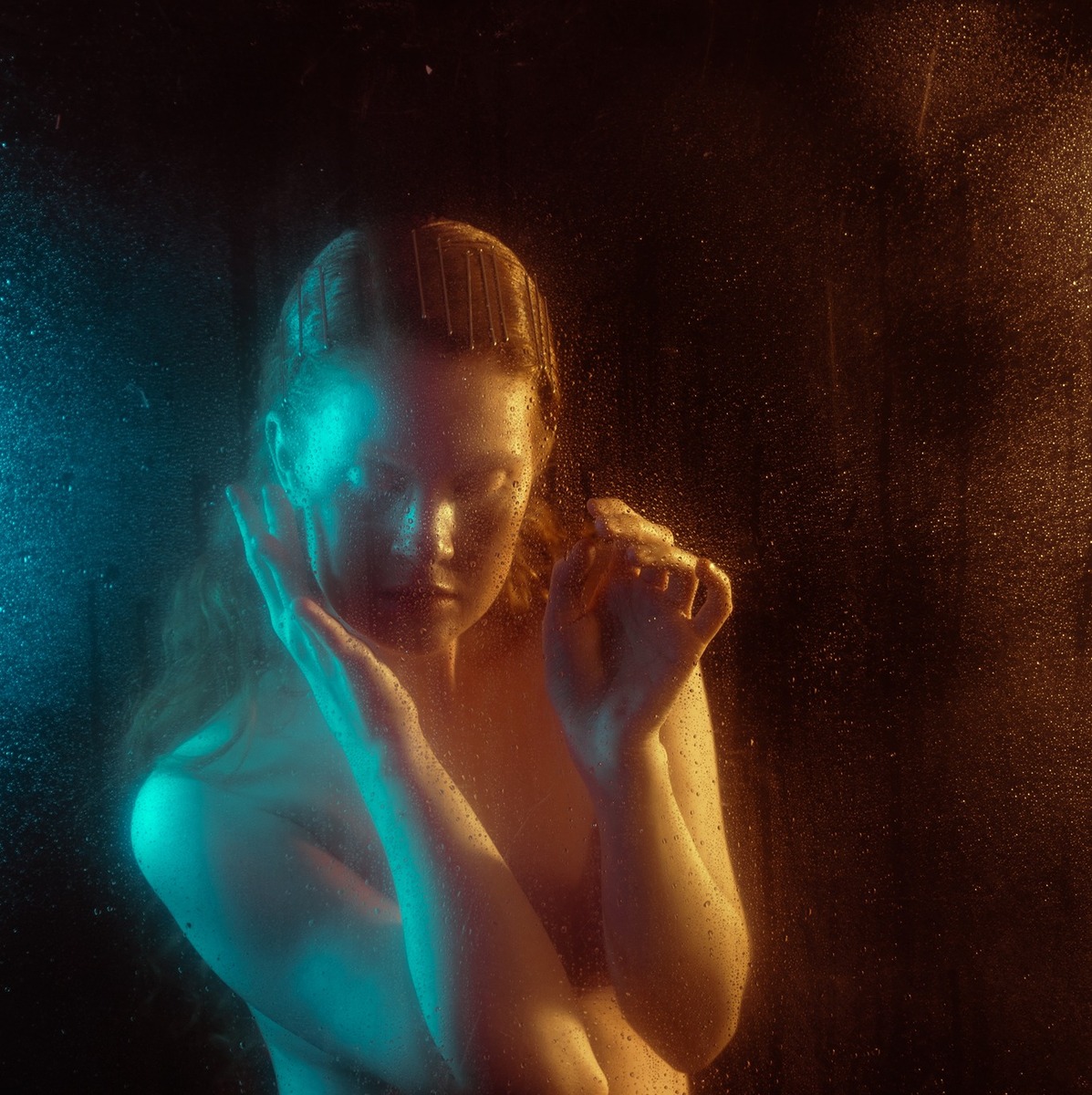
Where does the visual concept usually come in — before the song, during, or after?
It’s honestly a very fluid process. For me, visuals and music often arrive hand in hand, like the question of which comes first, the image or the sound. Sometimes a specific visual appears while I’m writing, almost like I’m painting the song as I go. Other times, the melody guides the mood and starts shaping what it might look like.
Once a song is finished and I’ve had some distance, I revisit the lyrics with fresh eyes and start exploring the imagery or meaning hidden inside. That’s when I build the visual world through mood boards and concepts, from movement and styling to color and direction.
I’ve never seen music and visuals as separate. They’re just different languages for the same emotion. I’m very hands-on with visuals too, so that process grows naturally alongside the music.
For Thermochromatic, most of the concept came from me, but Marie Sutter was a huge part of shaping what it became. She directed, edited, and color graded the video, and her eye brought so much to the final piece. Seeing how she cut it and brought the emotion into focus was incredibly inspiring. It felt like a visual–musical conversation that made it come to life.

Do you still believe we wear our feelings in ways we can’t hide?
Yes, I really do. Even when we try to mask it, our feelings have a way of showing in our posture, the way we breathe, our energy, even the little wrinkles we carry. Some people might hide it better than others, but a vibe rarely lies.
I’ve come to see emotions as having color, kind of like melodies when I hear or create them. They radiate from us, even when we don’t fully notice. We absorb each other’s moods and energy all the time, and that’s something I try to capture in music: the quiet shift in atmosphere when someone enters or leaves your world.
Feelings are teachers. They show us what moves us, what matters, and who we become around certain people. We can’t always control what happens, but we can pay attention to the people and moments that bring out our favorite shades.
That’s what “Thermochromatic” means to me now, not a dreamcatcher, but a feeling-catcher.

If you could design a Thermochromatic live performance tomorrow…?
Oh, I love this question! And I would love it to be a full sensory performance. I imagine a space inside an exhibition or museum with installation art, sculptures, or even a more neutral space that can shape-shift, like a black box where projections and light meet something raw and industrial.
The visuals would move subtly, like a pulse, responding to rhythm and melody changes. Wind machines, flowing fabrics, and dancers moving like elements of water, fire or like sculptural forms that come alive and ripple with the heat of the song and dance with and around me.
I’d love to collaborate with visual artists, movement directors, and light/video designers to build something that doesn’t just look beautiful, but feels immersive. You’d experience the emotional shifts through light, texture, maybe even scent. Something that pulls you fully into the atmosphere of the song. A full-body feeling. Not just a show.
With “Thermochromatic,” she offers a sound that pulses like skin under someone else’s touch, glowing with the heat of presence, memory, and change. It's pop, but with a soul that haunts gently and lingers long after the last synth fades.
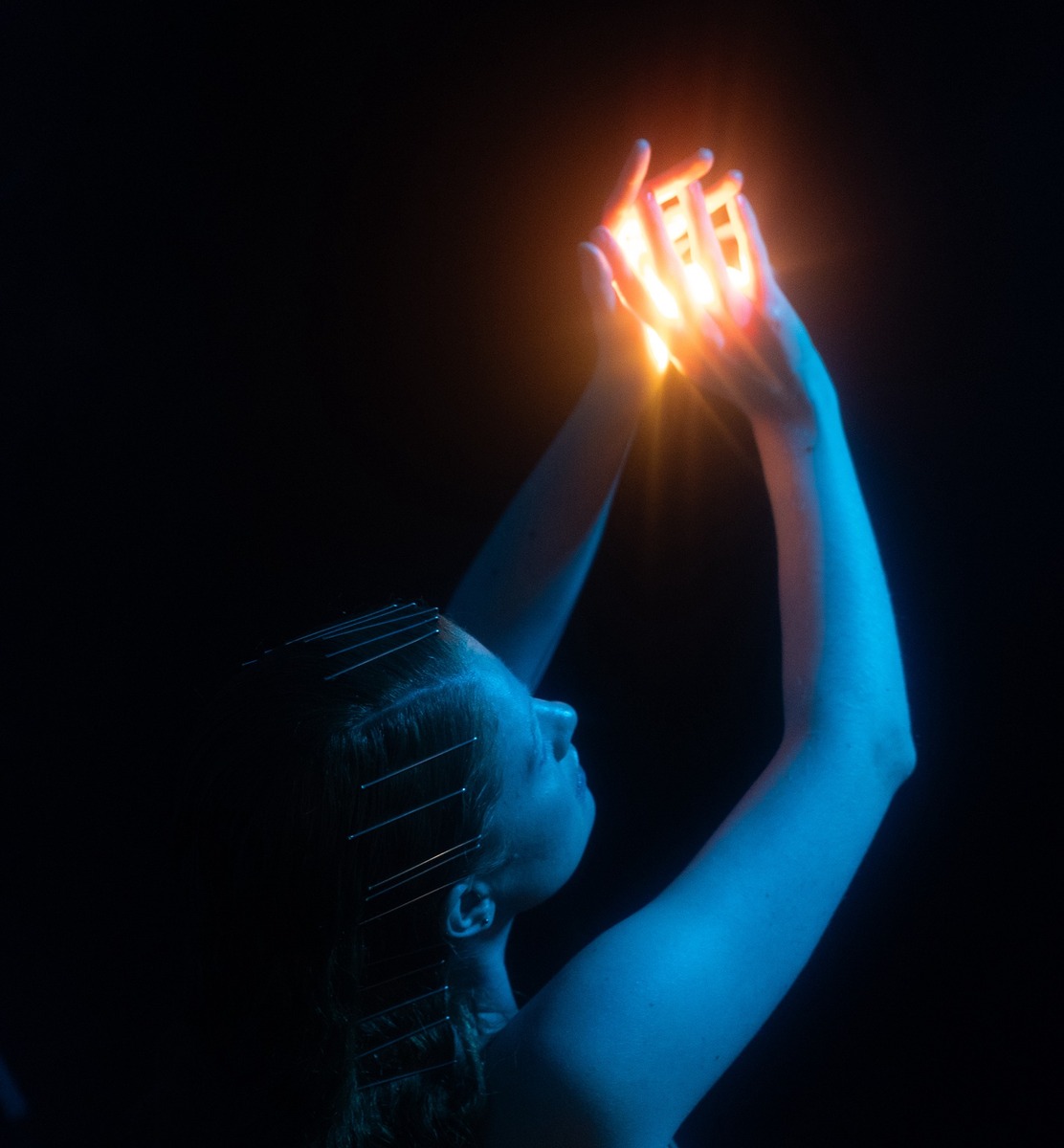
Whether this marks a full-circle moment or the beginning of a more siren-forward future, one thing is certain: Red Moon is coloring outside the emotional lines, and we’re lucky to witness the imprint.
